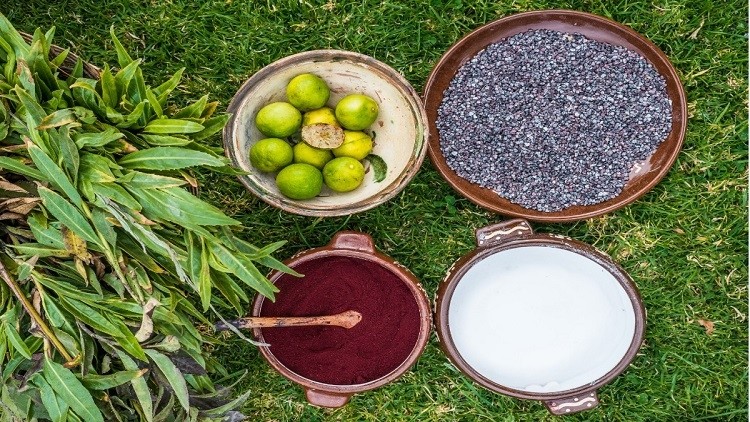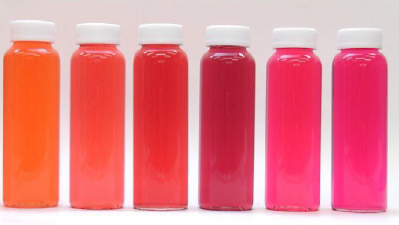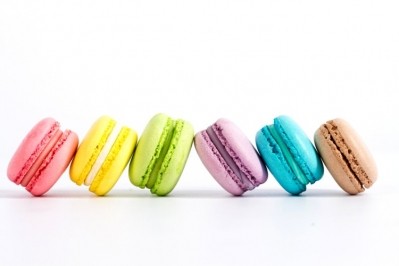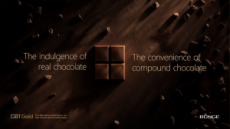Red colour dye in food and drinks found to cause serious allergic reactions: Japan research

Most allergic reactions happen immediately or within an hour.
It was found that major sources of allergen came from both cosmetic products and food.
Liquor such as Campari and processed food including macaroons have been linked to causing allergic reactions, said a group of Japanese researchers from the department of dermatology, faculty of medicine of Oita University.
They conducted a review of 29 reported cases in Japan that happened in 1999 to 2016.
Besides European products, the researchers found that local Japanese products such as fish-meat sausage, strawberry milk or juice can also cause allergies.
Notably, all patients diagnosed were adult females in their 20s to 60s. Some of them did not have any prior allergic history, while some had allergic history of atopic dermatitis or allergic rhinitis.
“The preponderance of females with this allergy suggests that patients are sensitised by cosmetics containing cochineal dye, whereas immediate allergic reactions occur after ingestion of food containing cochineal dye.”
All except three of the patients had anaphylaxis, a serious reaction that could be fatal. Symptoms include rashes, swelling, shortness of breath, vomiting, light-headedness, and low blood pressure.
Although cochineal dye is a natural red colourant extracted from the body and eggs of dried female cochineal insects, its main component (carminic acid) usually contains contaminating proteins, including a 38-kDa protein thought to be the primary allergen.
Peru is the biggest exporter of cochineal dye. The dye is also produced in Spain, Africa and Australia.
Cases on the rise
The number of reports of food allergy associated with cochineal dye has been increasing in Japan, particularly since 2012.
Researchers believe that this is because the Consumer Affairs Agency of the Japanese Government published an alert to call attention to cochineal dye allergy in 2011.
Another possible reason could be “a decline in the acquisition of immune-tolerance to the cochineal dye allergen in foods during childhood, but more frequent exposure to the allergen during adulthood.”
Cases outside Japan
Outside Japan, 56 cases were reported in academic journals published in 1981 to 2015. Most had allergic reactions from both food consumption and cosmetics use.
Similar with Japan, an overwhelming number of patients are female (50), three are males, while gender of the remaining three patients are unknown. The patients are between 19 to 67 years old.
In these cases, Campari remained a main source of food allergen, while cakes, candies, fruit juice, artificial crab are also common sources of allergen.
Regulatory Policies
In Japan, carmine, an aluminium- or calcium-chelated product of carminic acid (which is the main component of cochineal dye), cannot be used as a food additive, although it can be used in cosmetics and pharmaceuticals.
Whereas in Europe, there is no regulation for the upper limit of protein contamination for cochineal dye.
Interestingly, the researchers said that although carmine was banned as a red colouring in liquor in 2007, the last report of possible cochineal dye allergy associated with Campari consumption in Japan occurred in 2012. There have been no new reports since that date.
Source: Allergology International (2018)
https://doi.org/10.1016/j.alit.2018.02.012
"Cochineal dye-induced immediate allergy: Review of Japanese cases and proposed new diagnostic chart"
Authors: Takeo N, et al.


















